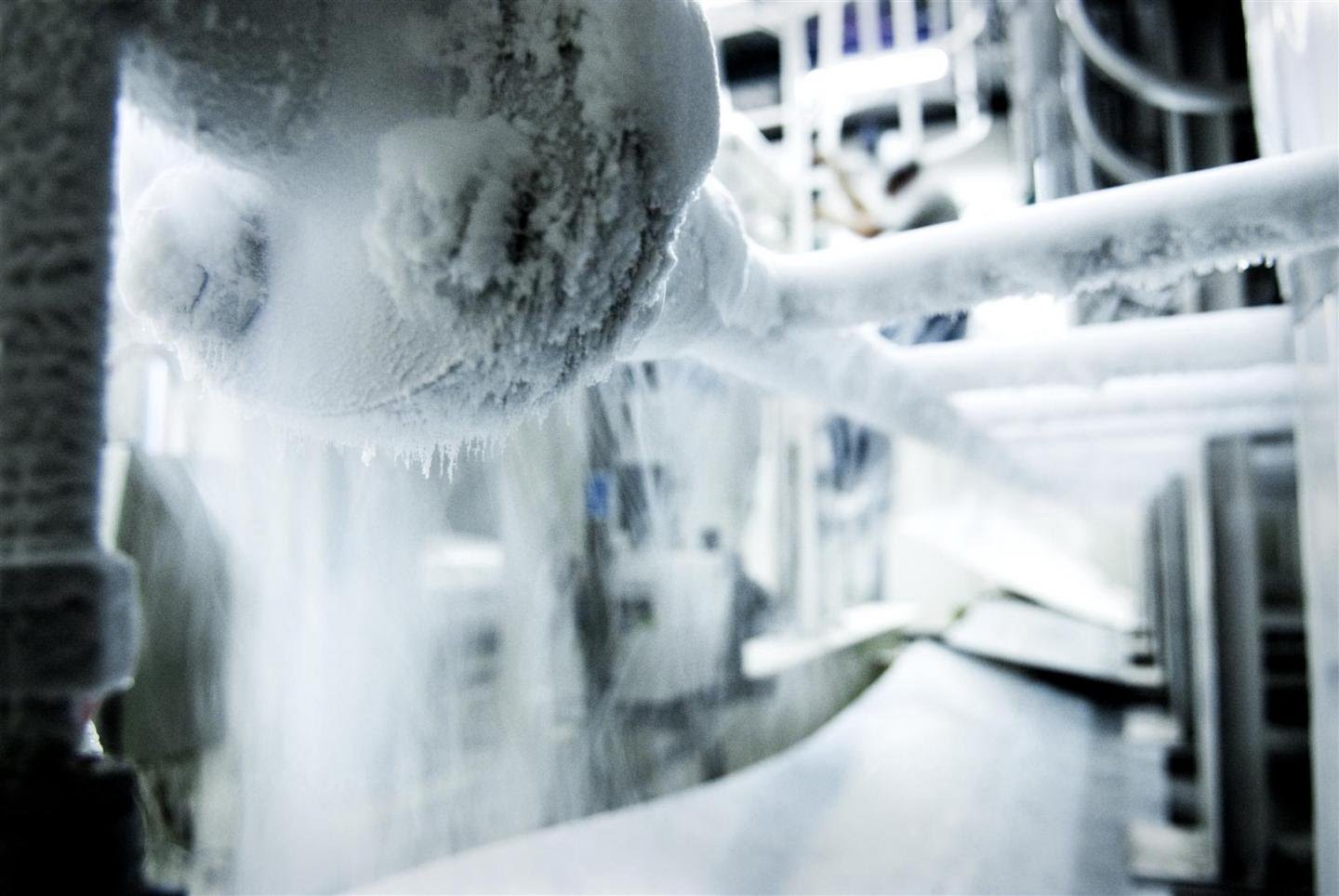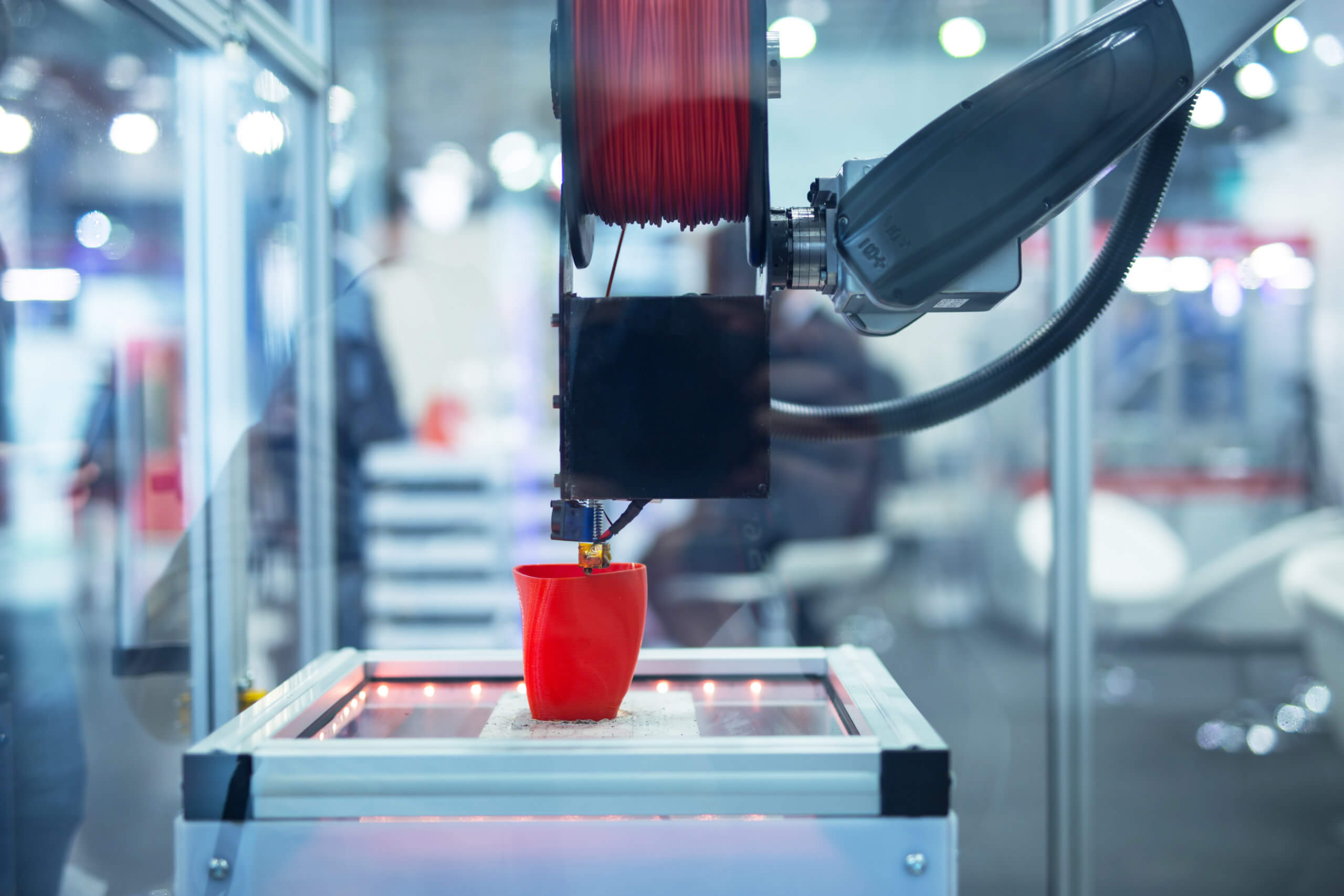The term “cryogenic” typically refers to temperatures that are below freezing, extending to absolute zero (-460° F / -273° C). At these extreme temperatures, cryogenic seal design and specification becomes especially challenging–but far from impossible.
Where Cryogenic Seals Are Used
In general, cryogenic temperatures are often required for food preservation, transporting gases, cryosurgery, and cryoelectronics. Such low temperatures are needed in connection with some types of food storage, cooling superconductors, recycling, and storing blood and tissue samples. In fact, there are many different critical applications that require seals that can handle media stored at cryogenic temperatures, such as loading arms for transporting LNG, infrared telescopes, dilution refrigerator units, and sealing the liquid helium used formagnetic resonance imaging.
Reliability
The first priority for a cryogenic seal is that it be reliable. While any seal failure is a problem, cryogenic seal failures can be especially dangerous. Aside from obvious issues such as environmental impact and toxicity, there can be an explosion that results from the rapid expansion of the cryogenic materials as well as potential asphyxiation and the effects of sudden exposure to extreme cold on employees and equipment.
Fluids Near Their Boiling Point
If fluid being stored at cryogenic temperatures is near its boiling point, then there is a strong possibility that it could flash into a gas if there is a sudden change in either pressure or temperature. This, in turn, would lead to a catastrophic (and possibly very dangerous) seal failure.
Dimensional Stability
The installation temperature and service temperature of a cryogenic seal are going to be vastly different, which means that dimensional changes due to temperature are unavoidable. When designing or specifying a cryogenic seal, it is very important to account for these dimensional changes and adjust critical size and clearance parameters accordingly. In fact, it is vital to remember that the seal material be chosen for its properties at the expected operating temperature, not at room temperature.
Elasticity
Another challenge in sealing cryogenic fluids lies in the elasticity of the seal material itself. At extremely low temperatures, both elastomers and metals can reach a temperature where they transition from being an elastic material to a brittle one. This is another example of why cryogenic seals need to be selected based on their material properties — including stiffness and strength — at the cryogenic temperature of the application.
Lubrication
Lubrication is another major problem for cryogenic seals: at such extremely low temperatures, traditional lubricants simply will not function or will freeze and the fluids being sealed within cannot provide lubrication. If there is any moisture present in the lubrication, this can lead to freezing and a shattered seal. Cryogenic applications require seal materials that are dry running and/or self-lubricating, such as PTFE or TFM.
Meeting the Challenges
For many cryogenic sealing applications, spring-energized seals work extremely well. For seal jacket materials, polymers are an excellent choice and available options include PTFE, modified PTFE (also referred to as TFM), and UHMW PE. These materials are ….
- Corrosion-resistant
- Self-lubricating
- Durable
- Posses excellent thermal insulation properties
- Retain elasticity and strength at low temperatures
- Exhibit good wear properties
- Are compatible with a wide variety of chemicals
Not that in some cases, especially those where flash boiling is an issue, polymer labyrinth seals may be a better choice than a spring-energized seals.
Conclusion
While there are a host of challenges involved in designing effective seals for cryogenic applications, there are effective solutions available. These include polymer spring-energized seals and labyrinth seals.


